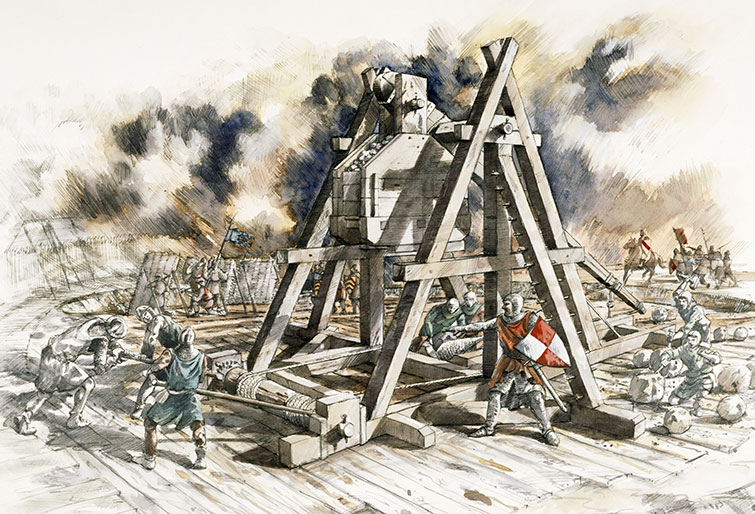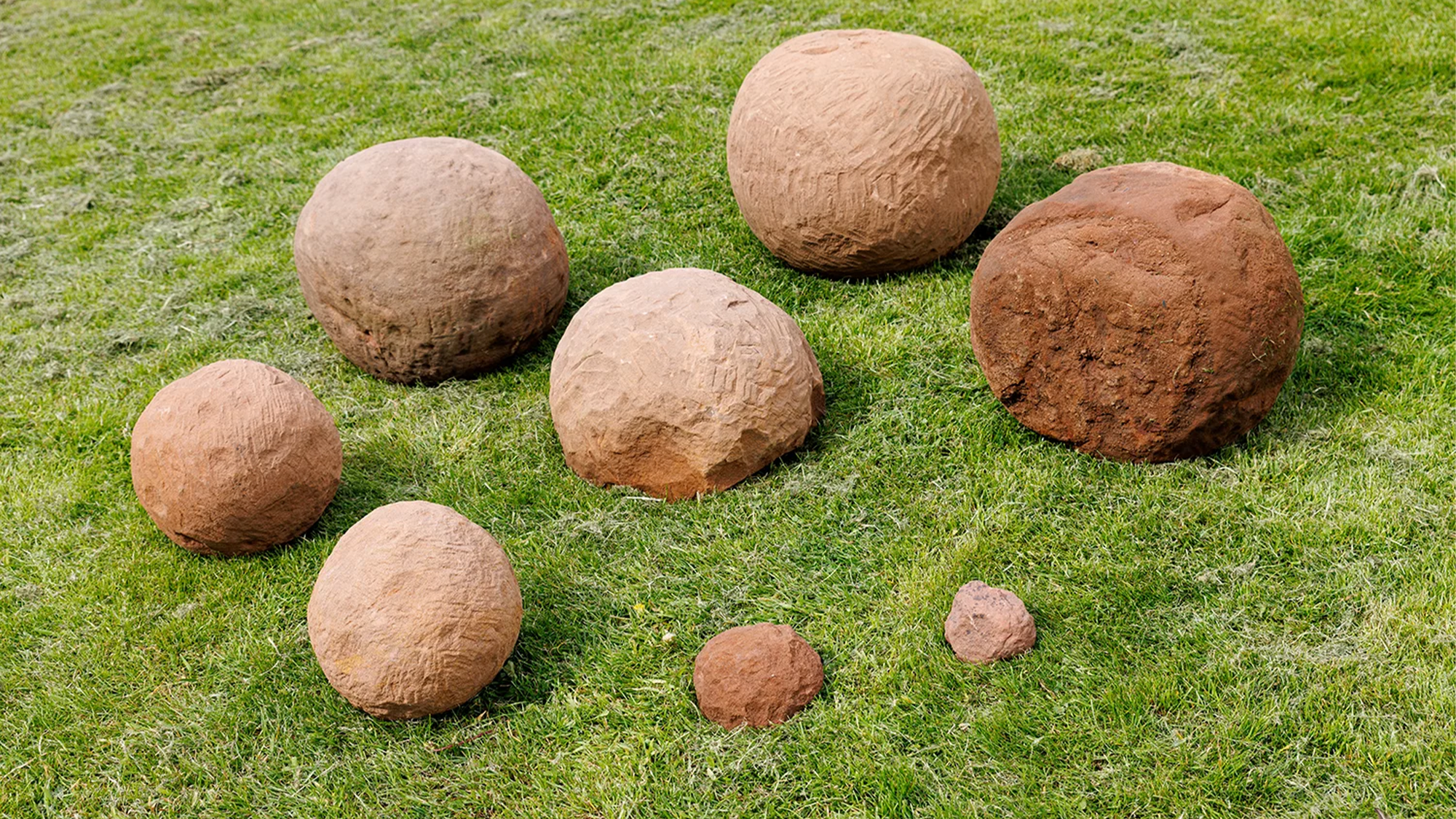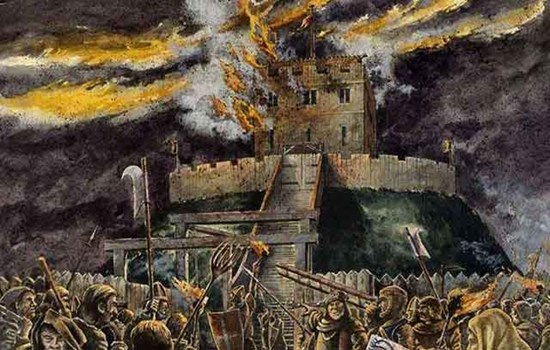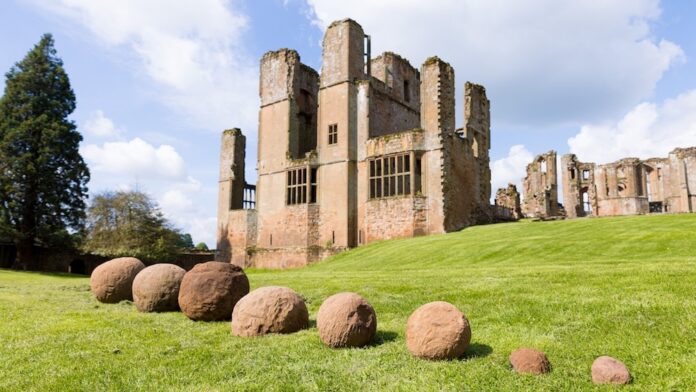In an extraordinary archaeological find, workers have uncovered eight stone catapult shots outside the walls of Kenilworth Castle in Britain. These stone spheres, dating back to the 13th century, are believed to be remnants from the historic siege of Kenilworth Castle. This siege, one of the longest in English history, saw rebels holding out against royal forces for 172 days in 1266. The discovery sheds new light on this pivotal event in medieval England.
The Siege of Kenilworth Castle

Kenilworth Castle, a formidable fortress in the heart of England, played a significant role during a civil war that took place in 1266. The conflict began as a power struggle between King Henry III and his nobles, led by Simon de Montfort, the custodian of the castle and the king’s brother-in-law. Despite Simon de Montfort’s death, the rebels continued to hold the castle against the king’s forces.
Unearthing the Catapult Shots

The eight stone catapult shots were discovered in “perfect” condition outside the castle walls. According to English Heritage, the charity overseeing historic sites in England, these spheres were likely fired from catapults during the 1266 siege. The sizes of the stones vary, with the largest weighing 231 pounds (105 kilograms) and the smallest just 2.2 pounds (1 kilogram).
William Wyeth, a properties historian at English Heritage, stated, “We were able to immediately link these findings to the 1266 siege because of similar finds recovered during an archaeological excavation of Kenilworth Castle in the 1960s.” He added, “It’s not every day we get lucky enough to stumble across historical remains like this by chance.”
The Arsenal of War

The siege of Kenilworth Castle saw the use of an extensive array of weaponry. King Henry III’s forces brought a “large arsenal” to breach the castle’s 14-foot-high (4.2 meter) walls, including 60,000 crossbow bolts. The rebels, however, were well-prepared and had their own stone catapult shots to retaliate. This makes it difficult to determine which side the discovered shots originated from.
One notable event during the siege was the destruction of one of Henry III’s wooden siege towers. According to records, a single well-aimed missile took down the tower, which housed around 200 crossbowmen.
Conclusion of the Siege
The prolonged siege took a heavy toll on the rebels inside Kenilworth Castle. Starvation and disease eventually weakened their resistance, leading to their surrender on December 13, 1266. This event marked the end of one of the most prolonged and significant sieges in English history.
Conclusion
The discovery of these stone catapult shots at Kenilworth Castle provides a fascinating glimpse into the past and the intense warfare that characterized the 1266 siege. As these artifacts continue to be studied, they offer valuable insights into medieval military strategies and the resilience of those who lived through such turbulent times. The siege of Kenilworth Castle remains a powerful reminder of the historical struggles for power and control in England’s history.

